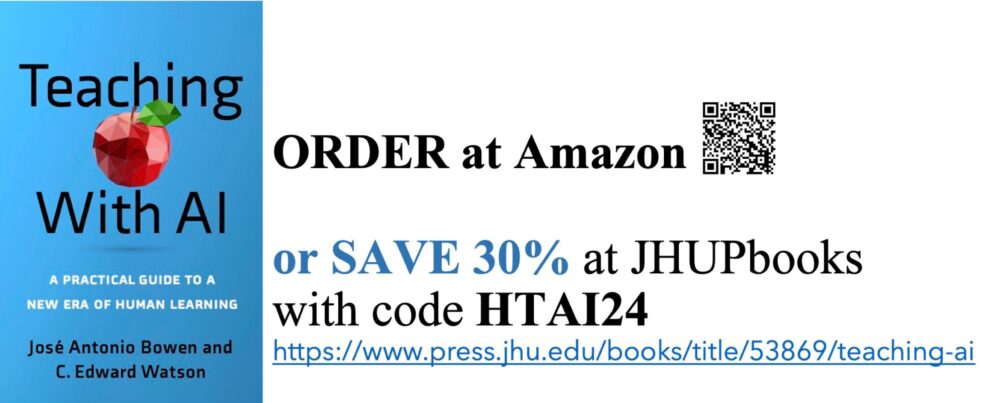Click here for the handout for Workshop A: Learning Outcomes and Rubrics
Bloom levels are a common vocabulary in learning outcomes. This taxonomy helps articulate how defining, classifying, critiquing and composing represent a progression. Most campuses want to develop higher levels of thinking and Bloom’s taxonomy breaks down the process into stages. Students need to learn to identify the parts of a poem before they learn to evaluate how they fit together.
If you do nothing else, taking the time to consider seriously what students will be able to do by the end of every course, will improve learning. Clear learning outcomes contain verbs that correspond to each Bloom level.
GREAT Primer on SLOs from Michael K. Potter and Erika Kustra at the University of Windsor CTL: http://www1.uwindsor.ca/ctl/system/files/PRIMER-on-Learning-Outcomes.pdf
National Institute for Learning Outcomes Assessment: http://www.learningoutcomeassessment.org/
AAC&U Liberal Education and America’s Promise (LEAP): http://www.aacu.org/leap/vision.cfm
American Association of Law Libraries: http://www.aallnet.org/Archived/Education-and-Events/cpe/outcomes.html
Grossmont College: http://www.grossmont.edu/student_learning_outcomes/writing_slos.asp
More on Bloom: http://www.krummefamily.org/guides/bloom.html
EXAMPLES of Program Level SLOs
BYU: https://learningoutcomes.byu.edu/
UConn: http://www.assessment.uconn.edu/docs/HowToWriteObjectivesOutcomes.pdf
Bowling Green Rubrics for University Learning Outcomes: http://www.bgsu.edu/offices/assessment/page31439.html
Book José Bowen to come to your campus and talk about learning and outcomes.

Anonymous – You came across very naurtal and interesting to watch so good job there Davide!P.S. I like your hair better short lol- Lori Moss